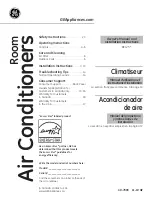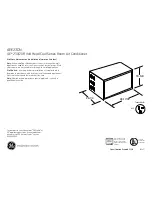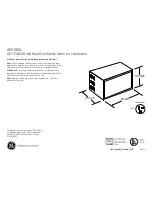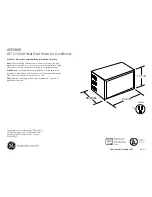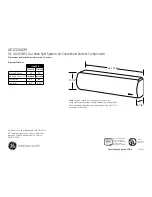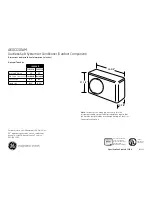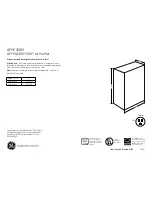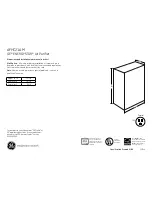
9
GB
5.2. Connecting refrigerant pipes
1. Connect the liquid and gas pipes of each indoor unit to the same (correct)
HQGFRQQHFWLRQQXPEHUVDVLQGLFDWHGRQWKHLQGRRUXQLWÀDUHFRQQHFWLRQVHF
-
tion of each BC controller. If connected to wrong end connection numbers,
there will be no normal operation.
2. List indoor unit model names in the name plate on the BC controller control
ER[IRULGHQWL¿FDWLRQSXUSRVHVDQG%&FRQWUROOHUHQGFRQQHFWLRQQXPEHUV
and address numbers in the name plate on the indoor unit side.
3. If the number of connected indoor units is less than the number of branch
holes, it does not matter which end connections you leave.
6HDO XQXVHG HQG FRQQHFWLRQV XVLQJ ÀDUH QXWV ZLWK HQG FDSV MXVW DV WKH\
were capped when shipped from the factory. Not replacing on end cap will
lead to refrigerant leakage.
4. When using twinning pipes (CMY-Y102S-G2, CMY-Y102L-G2, CMY-Y202-
G2), be sure to connect them level.
5. Be sure to have pipe expansion of indoor unit connecting port by cutting the
piping at the cutting point which depends on the indoor unit capacity.
6. Be sure to use non-oxidative brazing where necessary. If you do not use
non-oxidative brazing, it may clog the pipes.
7. After completing pipe connection, support the pipes to ensure that load is not
imparted to the BC controller’s end connections (particularly to the gas pipes
of indoor units).
Note:
Remove burr after cutting the piping to prevent entering the piping.
Check that there is no crack at the pipe expansion part.
[Fig. 5.2.1]
B
C
D
E
F
A
A
F
A
A
Indoor unit connecting port
B
Cutting point : ø9.52 (Liquid side) or ø15.88 (Gas side)
(Indoor unit model : bigger than P18)
C
Cutting point : ø6.35 (Liquid side) or ø12.7 (Gas side)
(Indoor unit model : P18 or smaller)
D
Cut the piping at the cutting point
E
Have pipe expansion of indoor unit connecting port
F
Field
pipe
Note:
Remove burr after cutting the piping to prevent entering the piping.
Check that there is no crack at the pipe expansion part.
Warning:
When installing and moving the unit, do not charge it with refrigerant other
WKDQWKHUHIULJHUDQW5$VSHFL¿HGRQWKHXQLW
- Mixing of a different refrigerant, air, etc. may cause the refrigerant cycle to
malfunction and result in severe damage.
Caution:
Use refrigerant piping made of phosphorus deoxidized copper and
copper alloy seamless pipes and tubes. In addition, be sure that the
inner and outer surfaces of the pipes are clean and free of hazardous
sulphur, oxides, dust/dirt, shaving particles, oils, moisture, or any other
contaminant.
- R410A is a high-pressure refrigerant and can cause the existing piping to
burst.
Store the piping to be used during installation indoors and keep both
ends of the piping sealed until just before brazing. (Store elbows and
other joints in a plastic bag.)
- If dust, dirt, or water enters the refrigerant cycle, deterioration of the oil and
compressor failure may result.
$SSO\DVPDOODPRXQWRIHVWHURLOHWKHURLORUDON\OEHQ]HQHWRÀDUHVIRU
indoor unit)
,Q¿OWUDWLRQRIDODUJHDPRXQWRIPLQHUDORLOPD\FDXVHWKHUHIULJHUDQWRLOWR
deteriorate.




























